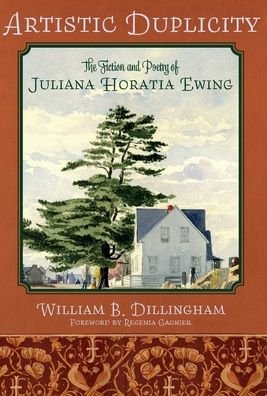
Recomienda este artículo a tus amigos:
An Artist in the Rigging: The Early Work of Herman Melville
William B. Dillingham
An Artist in the Rigging: The Early Work of Herman Melville
William B. Dillingham
An Artist in the Rigging is a study of Herman Melville's early novels--Typee, Omoo, Mardi, Redburn, and White-Jacket. The author considers these fictions from the standpoint of thematic relationship rather than of chronological development. He shows that while the five hero-narrators are separate and distinct entities, they have much in common and can be seen as representing different facets of an emergent composite hero-from the sensitive and restless young man who leaves home to search hungrily for experience, to the wanderer immersed in a deep probing of himself and his world. The hero's thirst for psychological independence--what comes to be his overriding ambition--is never satisfied, and destruction becomes inevitable, culminating in a paradoxical "apotheosis" in which the narrator-hero achieves this independence, but only at the expense of his humanity.
Dillingham persuasively demonstrates the interrelated qualities of these five novels, and in so doing he shows that the young Melville was a far greater literary artist than he gave himself credit for being. This fiction constitutes a powerful achievement in richness of texture, range of effect, and depth of characterization, as An Artist in the Rigging makes clear.
| Medios de comunicación | Libros Paperback Book (Libro con tapa blanda y lomo encolado) |
| Publicado | 30 de agosto de 2008 |
| ISBN13 | 9780820332604 |
| Editores | University of Georgia Press |
| Páginas | 172 |
| Dimensiones | 140 × 220 × 10 mm · 333 g |
| Lengua | English |
Mas por William B. Dillingham
Ver todo de William B. Dillingham ( Ej. Paperback Book y Hardcover Book )

 Los regalos de Navidad se podrán canjear hasta el 31 de enero
Los regalos de Navidad se podrán canjear hasta el 31 de enero




